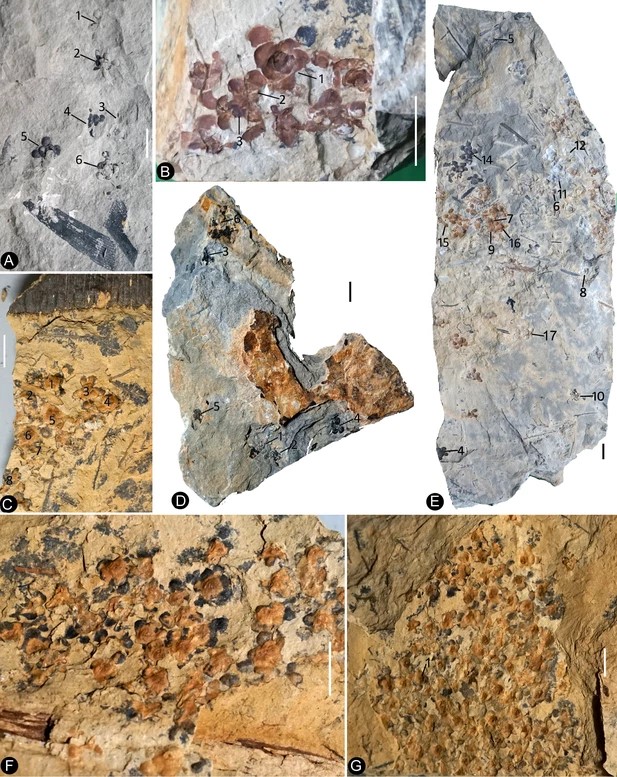
An unexpected flower from the Jurassic of China (eLIFE)
Plant Science Research WeeklyThe economic importance of angiosperms, whether for food, ornamentals, timber, pharmaceuticals, or any other commercial product is easy to prove. However, their origin is not. Evolutionary biologists have long debated the origin of flowering plants. Fu et al., have unearthed fossils from the Early Jurassic…
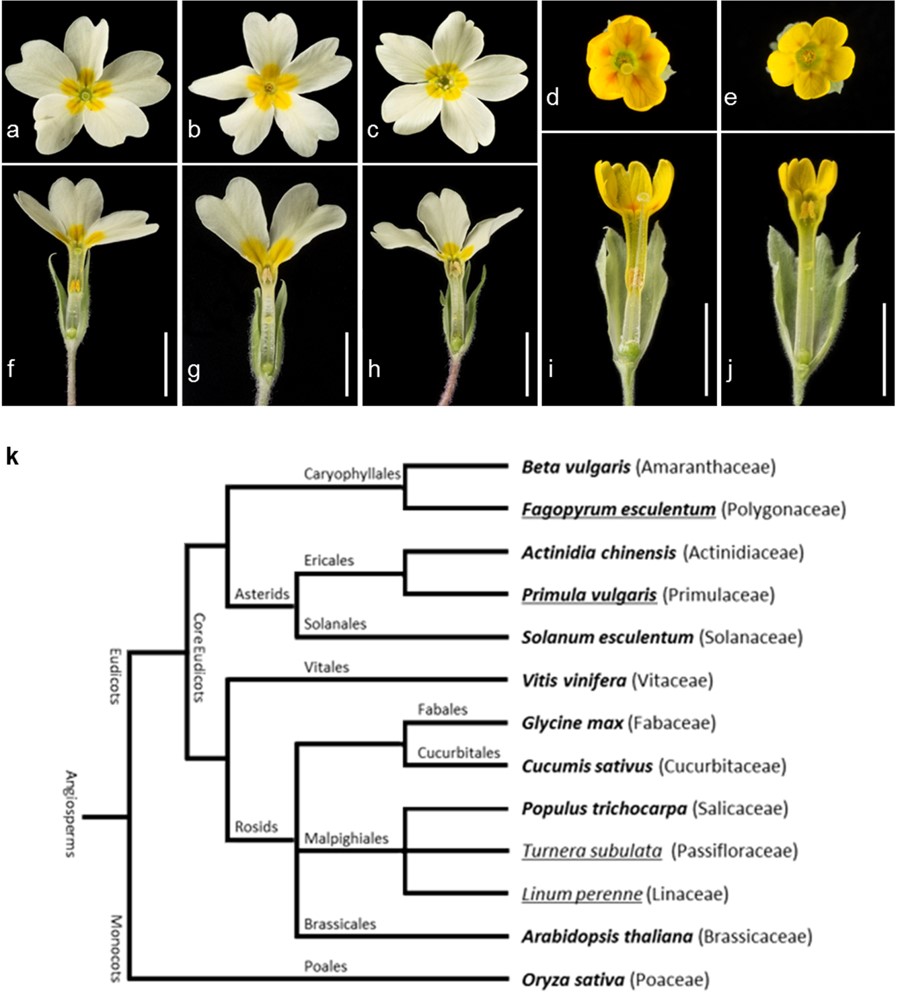
Primula vulgaris (primrose) genome, and the heterostyly supergene (Sci. Reports)
Plant Science Research WeeklyFloral heteromorphy (differences in form) in Primula has long been of interest to plant biologists. Over 150 years ago, Charles Darwin recognized the importance of this floral anatomy for promoting cross-pollination. In heterostylous Primula species, plants produce either, pin or thrum flowers. Pins…

OsRR24/LEPTO1 type-B response regulator is essential for rice meiosis (Plant Cell)
Plant Science Research WeeklyIn rice, successful completion of meiosis to generate haploid cells is essential for seed production and propagation. This process is complex, requires precise regulation, and produces visible changes in the structure of chromosomes. In this paper, Zhao et al., characterize a sterile rice mutant with…
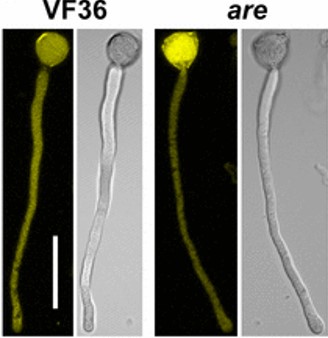
A key role for flavanols in the promotion of pollen success (PNAS) ($)
Plant Science Research WeeklyThe reproductive success of angiosperms relies on the fertilization of the female gametophyte (egg sac) by pollen that travels long-distances in the pistil. Previous studies suggest a role for phenylpropanoid-related metabolites (flavonoids and anthocyanins) in controlling pollen growth and fertilization,…
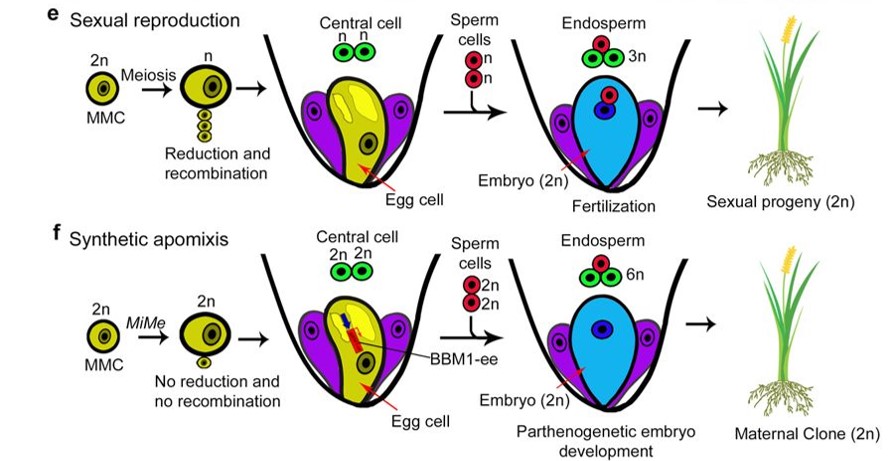
Synthetic apomixis: Asexual propagation through seeds (Nature) ($)
Plant Science Research WeeklySexual reproduction mixes up genes and provides genetically diverse progeny, key for survival and fodder for evolution. Sexual reproduction is detrimental to the propagation of hybrid crops though, as mixing up the genes leads to progeny that will be inferior to the hybrid parent. Khanday et al. have…

Self Control: SLF Proteins are Essential for Preventing Self-Fertilization in Petunia
Blog, The Plant Cell, The Plant Cell: In BriefA pollen grain lands on a stigma, swells with water, and sprouts a pollen tube, which races through the style to deliver sperm to the ovule below. When the pollen arises from the flower itself, this process often stops in its tracks. Self-incompatibility (SI) between pollen and pistil promotes outcrossing…
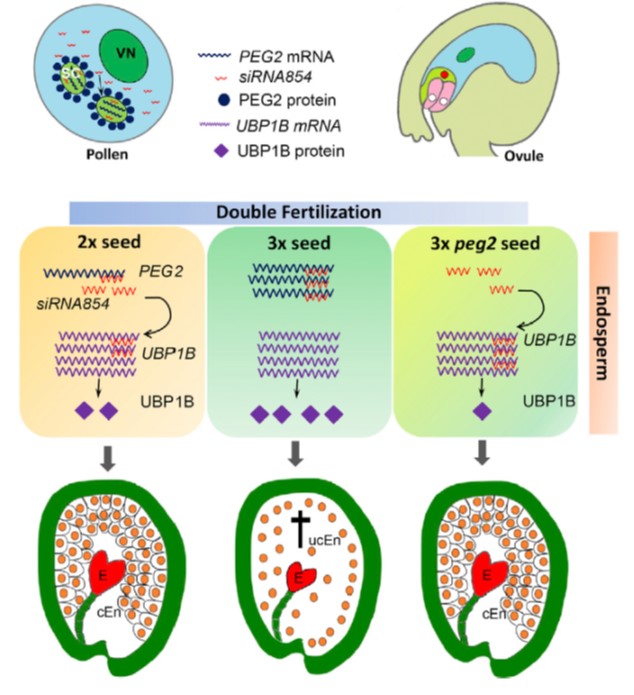
The imprinted gene PEG2 acts as a sponge for the transposon-derived siRNA854, inducing postzygotic reproductive isolation (Devel. Cell)
Plant Science Research WeeklyClosely related species that have different numbers of chromosomes (e.g., 2n versus 4n) are reproductively isolated, and this can arise as a consequence of an unbalancing in the expression levels of maternally- and paternally-imprinted genes. Wang et al. have identified a fascinating mechanism that explains…
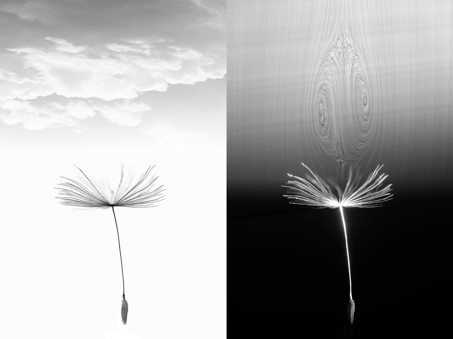
A separated vortex ring underlies the flight of the dandelion ($) (Nature)
BlogDandelions, perennial herbs from temperate zones, have the capacity to spread their seeds through wind for distances as far as 1 km. Ignazio Maria Viola and Naomi Nakayama with their team endeavored to understand this passive flight mechanism. They analyzed the flight mechanism of the dandelion by characterizing…
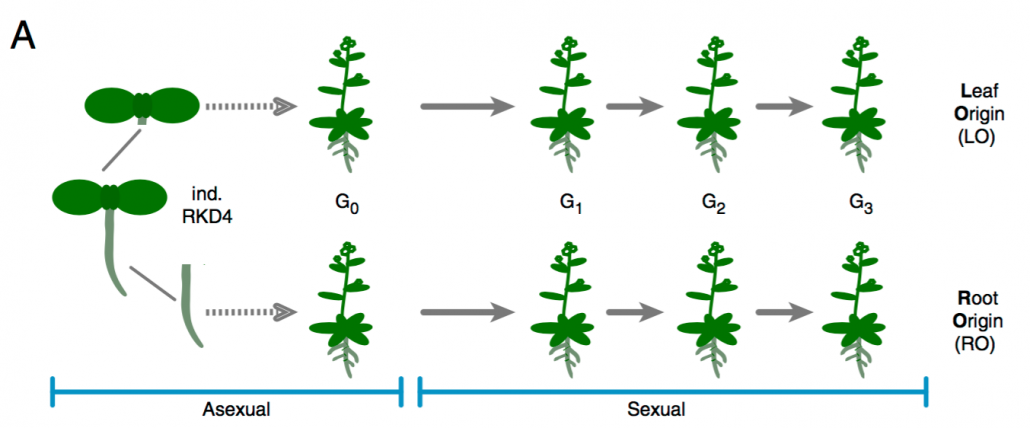
Heritable phenotypic variation due to partial maintenance of organ-specific epigenetic marks during asexual reproduction ($) (PNAS)
Plant Science Research WeeklyClonal propagation is widely used by humans to maintain and propagate desirable phenotypic traits in plants. Despite a restricted genetic variety, phenotypical difference, known a somaclonal variation, arises sometimes between parents and the clonally propagated progeny. Some of this variability is attributed…

